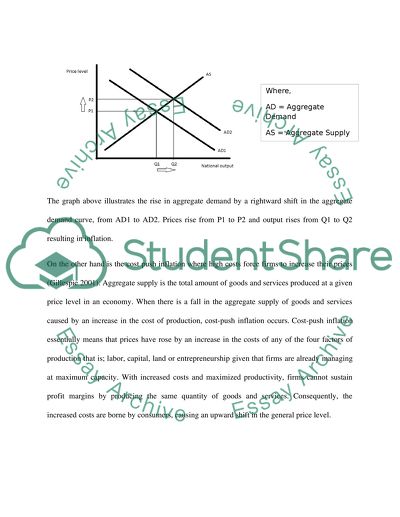Cite this document
(“Macroeconomics Part 2 Essay Example | Topics and Well Written Essays - 1500 words”, n.d.)
Retrieved from https://studentshare.org/macro-microeconomics/1426386-macroeconomics-part
Retrieved from https://studentshare.org/macro-microeconomics/1426386-macroeconomics-part
(Macroeconomics Part 2 Essay Example | Topics and Well Written Essays - 1500 Words)
https://studentshare.org/macro-microeconomics/1426386-macroeconomics-part.
https://studentshare.org/macro-microeconomics/1426386-macroeconomics-part.
“Macroeconomics Part 2 Essay Example | Topics and Well Written Essays - 1500 Words”, n.d. https://studentshare.org/macro-microeconomics/1426386-macroeconomics-part.


